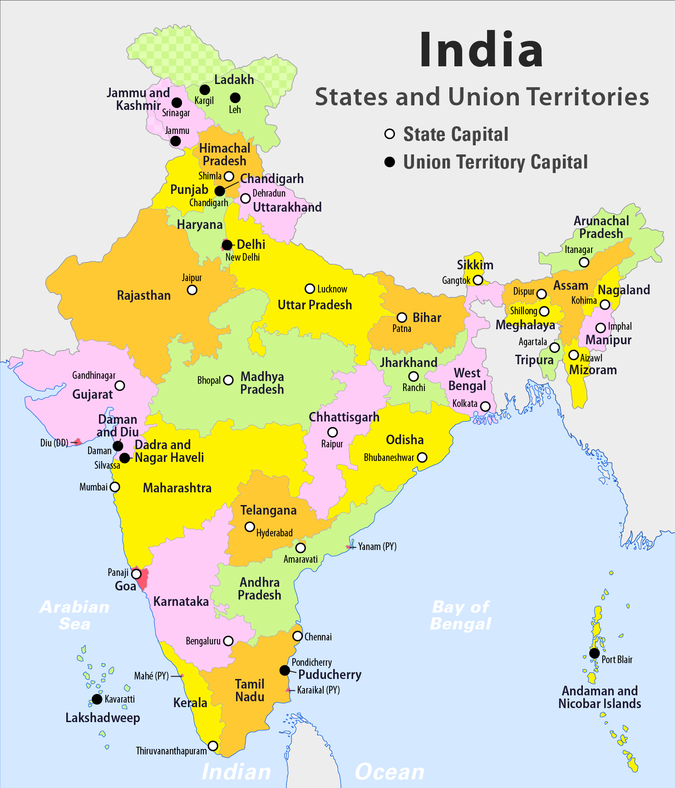Contemporary languages and dialects, as they figure in the lives of most Indians, are a far cry from the stylized literary forms of Indo-Aryan or Dravidian languages. North India especially can be viewed as a continuum of village dialects. As a proverb has it, "Every two miles the water changes, every four miles the speech." Spoken dialects of more distant villages will be less and less mutually understandable and finally become simply mutually unintelligible outside the immediate region. In some cases, a variety of caste dialects coexist in the same village or region. In addition, there are numerous regional dialects that villagers use when doing business in nearby towns or bazaars.

Since the late eighteenth and early nineteenth centuries, regional languages, such as Bengali, Punjabi, and Marathi, have become relatively standardized and are now used throughout their respective states for most levels of administration, business, and social intercourse. Each is associated with a body of literature. British rule was an impetus for the official codification of these regional tongues. British colonial administrators and missionaries learned regional languages and often studied their literatures, and their translations of English-language materials and the Bible encouraged the development of written, standard languages. To provide teaching materials, prose compositions, grammars, and textbooks were often commissioned and, in some cases, were closer to everyday speech than was the standard literary language. Industrialization, modernization, and printing gave a major boost to the vocabulary and standardization of regional tongues, especially by making possible the wide dissemination of dictionaries.
Such written forms still often differ widely from spoken vernaculars and village dialects. Diglossia--the coexistence of a highly elaborate, formal language alongside a more colloquial form of the same tongue--occurs in many instances. For example, spoken Bengali is so divergent from written Bengali as to be nearly another tongue. Similarly, Telugu scholars waged a bitter battle in the early twentieth century over proper language style. Reformers favored a simplified prose format for written Telugu, while traditional classicists wished to continue using a classical literary poetic form. In the end, the classicists won, although a more colloquial written form eventually began to appear in the mass media. Diglossia reinforces social barriers because only a fraction of the populace is sufficiently educated to master the more literary form of the language.
The standard regional language may be the household tongue of only a small group of educated inhabitants of the region's major urban center that has long exercised politico-economic harmony in a region. Even literate villagers may have difficulty understanding it. The more socially isolated--women and Dalits--tend to be more parochial in their speech than people of higher caste, who are often able to use a colloquial form of the regional dialect, the caste patois, and the regional standard dialect. An educated person may master several different speech forms that are often so different as to be considered separate languages. Western-educated scholars may well use the regional standard language mixed with English vocabulary with their colleagues at work. At home, a man may switch to a more colloquial vernacular, particularly if his wife is uneducated. Even the highly educated frequently communicate in their village dialects at home.
Only around 3 percent of the population (about 28 million people in 1995) is truly fluent in both English and an Indian language. By necessity, a substantial minority are able to speak two Indian languages; even in the so-called linguistic states, there are minorities who do not speak the official language as their native tongue and must therefore learn it as a second language. Many tribal people are bilingual. Rural-urban migrants are frequently bilingual in the regional standard language as well as in their village dialect. In Bombay, for example, many migrants speak Hindi or Marathi in addition to their native tongue. Religious celebrations, popular festivals, and political meetings are typically carried on in the regional language, which may be unintelligible to many attendees. Bilingualism in India, however, is inextricably linked to social context. South Asia's long history of foreign rule has fostered what Clarence Maloney terms "the linguistic flight of the elite." Language--either Sanskrit, Persian, or English--has formed a barrier to advancement that only a few have been fortunate enough to overcome.
Throughout the twentieth century, radio, television, and the print media have fostered standardization of regional dialects, if only to facilitate communication.
